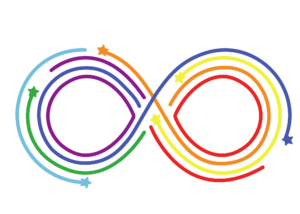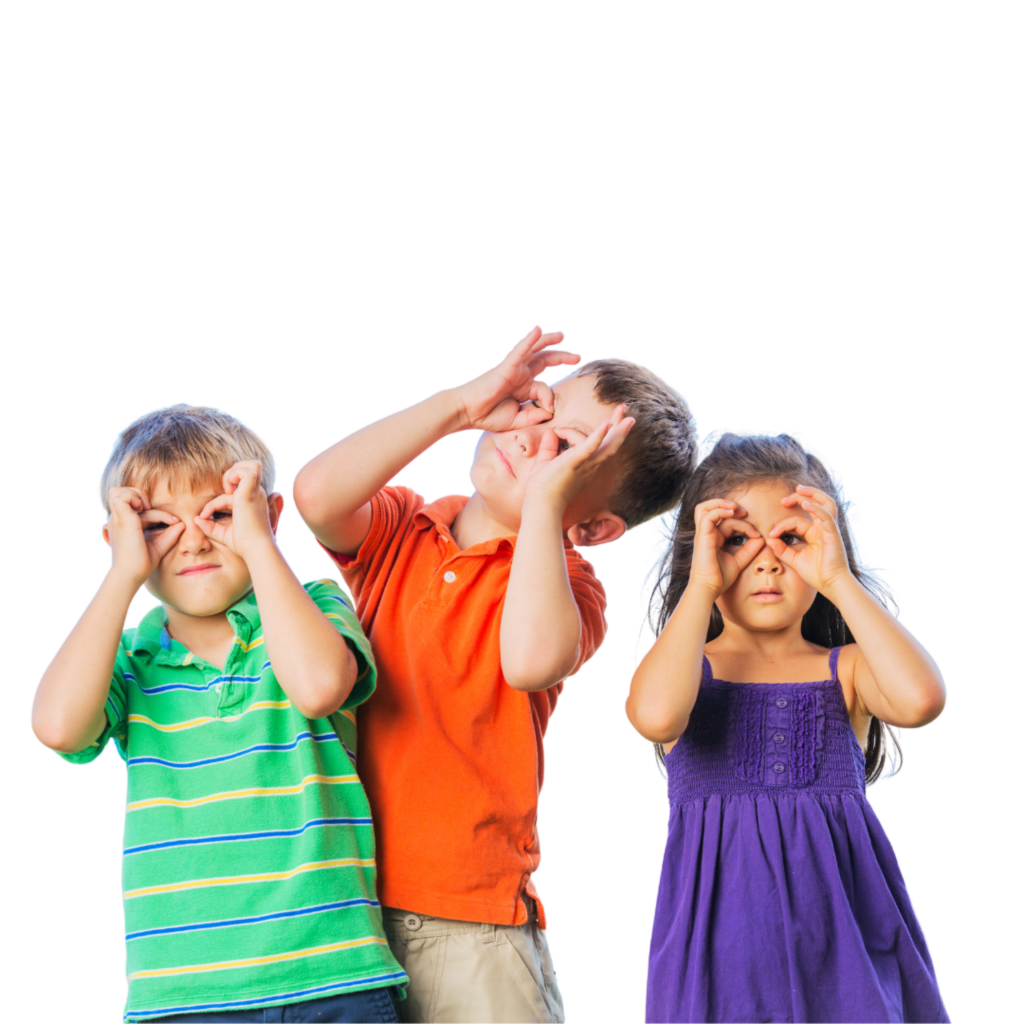Happy New Year! BCBH, Inc will be closed on January 1, 2025 in observance of the holiday
Happy New Year! BCBH, Inc will be closed on January 1, 2025 in observance of the holiday

There is often nothing about the way they look that sets them apart from others. The ASD diagnosis includes several other conditions that were previously diagnosed separately; Autistic Disorder, Asperger Syndrome, Pervasive Developmental Disorder – Not Otherwise Specified (PDD-NOS), and Childhood Disintegrative Disorder (CDD).
ASD is called a “spectrum” disorder because people with Autism can have a range of strengths, and challenges, and need more or less support for those challenges. The learning, thinking, and problem-solving abilities of people with Autism can range from gifted to severely challenged. Some children and adults with Autism need a lot of assistance in their daily lives, others need less.
Some children show signs of Autism as early as 12 months old. In others, symptoms may not appear until 24 months or later. Some children with Autism gain new skills and meet developmental milestones until around 18 to 24 months, and then they stop gaining new skills or lose the skills they once had.
As children with Autism become adolescents and young adults, they may have difficulties developing and maintaining friendships, communicating with peers and adults, or understanding what behaviors are expected in school or on the job. They may come to the attention of healthcare providers because they also have conditions such as anxiety, depression, or attention-deficit/hyperactivity disorder (ADHD), which occur more often in people with Autism.

A person diagnosed with Autism would likely have challenges with social communication and interaction in different situations. Some examples of this might be:
Without support, challenges with social communication are noticeable. The person may struggle to start conversations or respond to others in a typical way and may seem less interested in socializing. For example, someone who speaks in full sentences and tries to interact, but their conversations don’t go well, and their efforts to make friends seem awkward or don’t usually work out.
Significant challenges with both verbal and nonverbal communication, with social difficulties noticeable even with help. The person rarely starts conversations and may respond in unusual ways when others try to interact. For example, they might use short sentences, mostly talk about specific interests, and show noticeably unusual body language or facial expressions.
Serious difficulties with both talking and nonverbal communication make it hard for the person to function in social situations. They rarely start conversations and respond very little when others try to interact. For example, they may use only a few understandable words, mostly communicate to meet basic needs, and respond only when someone directly engages with them.
